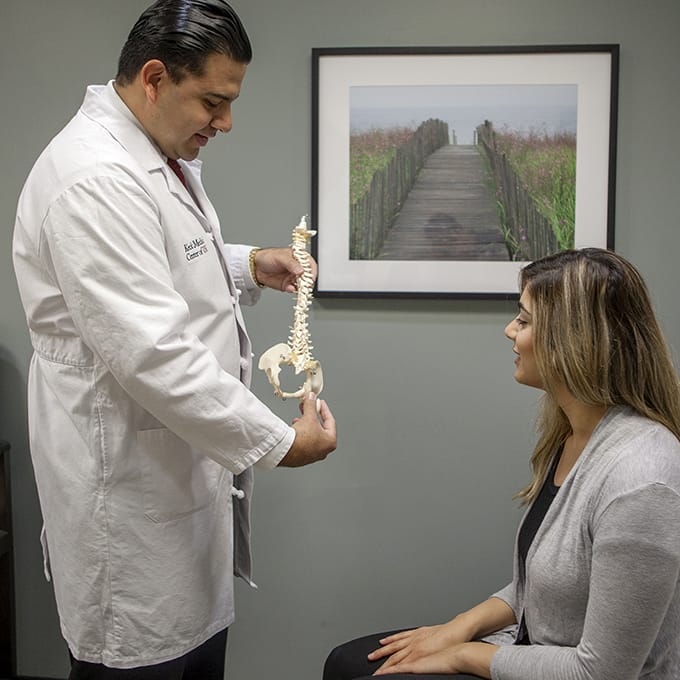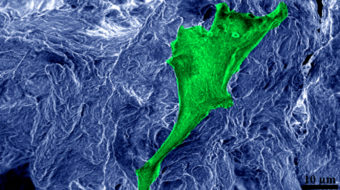 The USC Spine Center houses a robust research program that combines leading clinical, translational and basic science research on all aspects of spine care, including disc degeneration, spinal fusion, spinal tumors and spinal cord injury.
The USC Spine Center houses a robust research program that combines leading clinical, translational and basic science research on all aspects of spine care, including disc degeneration, spinal fusion, spinal tumors and spinal cord injury.Through clinical trials and retrospective studies, our multidisciplinary team enables us to develop new perspectives and insights into the cause of degenerative spinal conditions, their treatments and outcomes.
The results from our retrospective studies provide solid evidence for physicians and patients to decide on the best treatment option. Treatment of thoracolumbar fractures is challenging and can have an impact on further disc degeneration. Our study evaluated patients who sustained a thoracic or lumbar fracture and were treated with fusion or conservative (non-surgical) management.2 The incidence of disc degeneration and revision surgery (fusion) over a three-year period were recorded. Results showed that an initial fusion surgery for a thoracic fracture was not associated with an increased incidence of degeneration or a need for future fusion surgery. However, patients who sustained a lumbar fracture and had initial fusion surgery had an increased likelihood of disc degeneration compared to patients treated conservatively.
Another retrospective study examined the frequency and type of revision surgeries after single-level discectomy.3 Lumbar discectomy is a commonly performed procedure for herniated or degenerated discs, and radiculopathy. Available data on the major surgical outcome and rates of revision of lumbar discectomy vary significantly, making it challenging to advise patients on the optimal treatment strategy.4,5 Results of our study indicated that the revision rate was 3.95 percent at three months and 12.2 percent at four years after surgery. The most common revision surgeries included fusion and discectomy. Additionally, one in three patients who underwent multiple discectomies required a fusion within four years of the index procedure.
To complement the extensive clinical studies, researchers at the USC Spine Center are also conducting numerous basic science studies, a few of which are discussed here. One of the major research directions aims to improve our understanding of bone biology and the contribution of stem cells, growth factors, small molecules and environmental factors to bone remodeling. This research is examining how risk factors affect the function of stems cells in vitro and the healing process in animal models in vivo.
Another research project is looking at the use of tissue engineering in spine care. One study involves the use of stem cells and nucleus pulposus (NP) cells of the intervertebral discs to regenerate the tissue, with the hopes of minimizing the need for extensive surgery and potentially preventing the adjacent segment disease. Another study is examining 3D-printed scaffolds that are designed to mimic the extracellular matrix, providing both structural support and improving NP cell attachment and proliferation.

Figure 1 – A scanning electron microscopy image of a human bone marrow stem cell (green) growing on a scaffold, from an in vitro study on the differentiation stemc cells to osteoblasts. The image is artificially colored to enhance the visibility of the different components.
Other research includes the development of anti-tumor proteins to modulate the effect of growth factors that are important in spine tumors and bone regeneration. Basic research in the spinal cord is also focusing on microRNA 133b (miR133b) as a promising target to induce corticospinal tract (CST) axon regeneration and improve motor function outcome.
